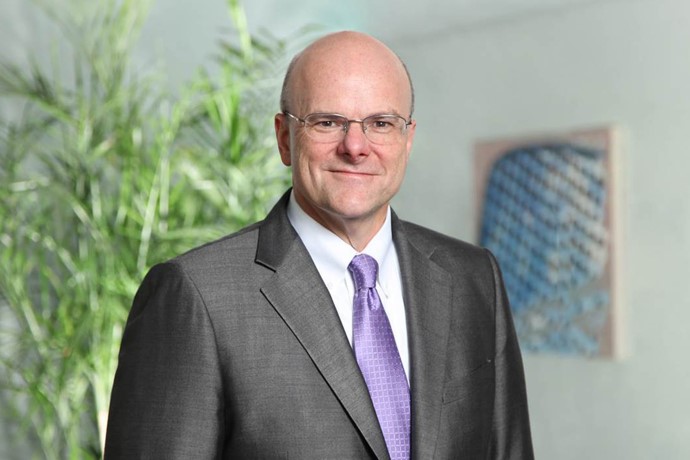

By Nancy B. Beck, PhD, BABT and Eric J. Murdock, Hunton Andrews Kurth LLP
Nancy B. Beck, PhD, DABT is a toxicologist and the Director of Regulatory Science in the Washington, D.C. office of Hunton Andrews Kurth LLP. She has over twenty years of applied public health experience, sixteen of which were from her time in government, including senior leadership positions at the Environmental Protection Agency (EPA) and the White House.
Eric J. Murdock is a Partner in the Washington, DC office of Hunton Andrews Kurth LLP. He is the head of the firm’s administrative law team, comprising the environmental practice group and the regulated industries and government relations practice group.
Click here for the Executive Summary.
INTRODUCTION
On July 9, 2023, the Wall Street Journal (WSJ) posted an eye-catching report entitled “America is Wrapped in Miles of Toxic Lead Cables.” The paper released seven subsequent news reports on other aspects of lead cables associated with telecommunications companies. In addition to each headline were sub-headings that trumpeted a current “hidden health hazard,” stated that telecom companies “have known” about the hazards, and alleged that some workers have “illnesses that can be linked to exposure.” At some point, the WSJ added a correction/amplification to the first report and its companion article noting that the Environmental Defense Fund (EDF) had made financial contributions to support the collection of lead, soil, and water samples.
It is unusual to see sensationalistic headlines in the WSJ based on biased testing funded by an environmental advocacy group. Unfortunately, though, this incident is among the latest example of a broader, troubling pattern in which the media uncritically presents professional environmental activists’ testing as “scientific.” The consequences were unwarranted public fear, gratuitous attacks on corporations by politicians, and the waste of public funds government officials expended when debunking the sensationalist findings.
Flawed testing methodologies led to opportunistic, public outcry from Members of Congress—most prominently including New York Congressman Pat Ryan, Illinois Congressman Raja Krishnamoorthi, and Massachusetts Senator Ed Markey. Senator Markey went further and convened a public roundtable and a lead-sampling testing exercise in Massachusetts in February. Federal Communications Commission Chairwoman Jessica Rosenworcel responded to joint letters signed by ten members of the House of Representatives, and fourteen members of the Senate. These developments touched off further media reports, an investigation by New York Governor Kathy Hochul and other state attorneys general investigations, and a number of shareholder and negligence class action lawsuits against telecom providers named in the WSJ reports. The reports also led to an Environmental Protection Agency investigation at public expense.
This Working Paper takes a deeper look into the testing that informed the WSJ series. The paper provides context missing from the series’ testing methodology and results, describing the history of lead cables and presenting an overview of lead contamination in the US population. Our analysis finds that, based on the limited information the WSJ has made available, the approach and analysis appears designed to overstate potential health risks. The reports are thus not a reliable indicator of the actual health risks that may exist due to the presence of lead cables. The legal community assessing contamination risks should take these views into consideration, as should policymakers and media outlets who might wish to avoid similar errors.
Click the “Download the PDF” button above to continue reading.
